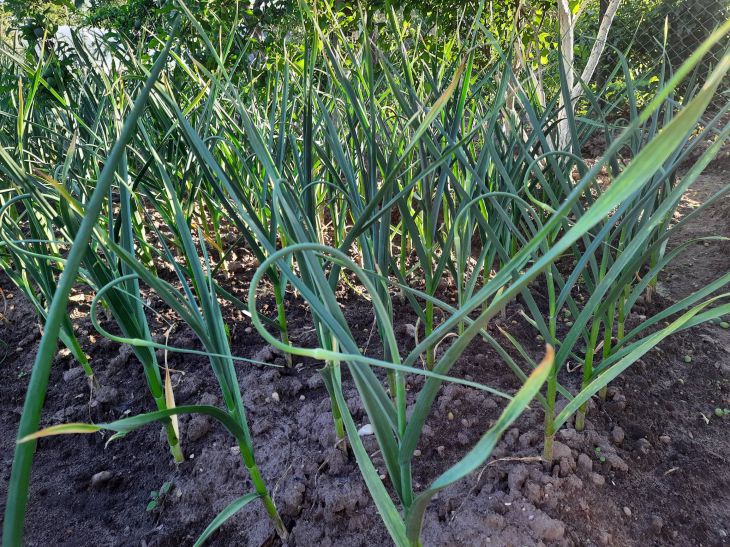Shallots, compared to the onions we are used to, are juicier and do not have a sharp onion smell. In addition, they have virtually no bitterness, which is replaced by a subtle piquant taste with sweetish notes.
An expert of the online publication BelNovosti, agronomist, landscape designer Anastasia Kovrizhnykh shared recommendations for growing this crop.
1. Select the appropriate variety of shallots.
There are different varieties that vary in bulb size and maturity time. Choose the variety that best suits your region and growing conditions.
2. Prepare the soil.

Shallots prefer fertile, well-drained soils that are rich in nutrients. If your soil does not meet these requirements, add organic fertilizers such as compost or humus and mix them thoroughly into the soil before planting.
3. Plant bulbs correctly.
The bulbs should be planted at a depth of about 3-4 cm, at a distance of at least 10 cm from each other. The distance between rows should be about 20-30 cm.
4. Water regularly, but do not over-water the soil.
Shallots need regular watering, but do not allow the soil to become over-watered.
5. Fertilize plants.
Shallots may require additional nutrition, especially during the growing season. Use mineral fertilizers containing nitrogen, phosphorus and potassium, according to the manufacturer's recommendations.
6. Harvest on time.
Shallots are ready to harvest when the leaves begin to turn yellow and wilt. Harvest when the bulbs reach optimum size and weight, usually 60 to 90 days after planting.








